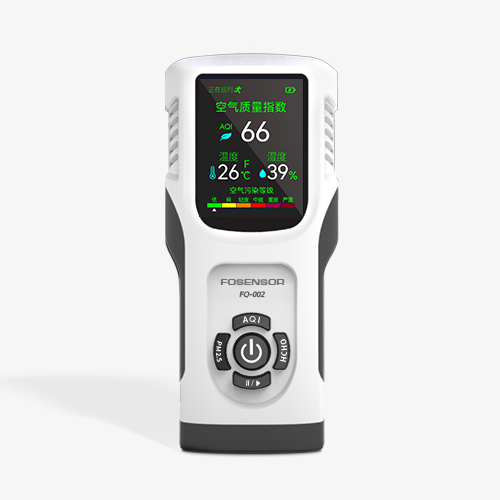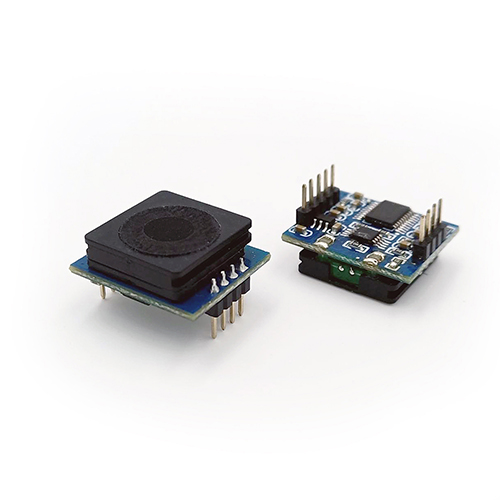How to measure ozone levels at home
Ozone is an important environmental factor that not only protects the earth from ultraviolet damage, kills bacteria and viruses, but also improves air quality. However, too much or too little ozone can cause harm to humans and ecosystems, so we need to monitor ozone concentrations in a timely manner. So, how to detect ozone? Below we will introduce several commonly used ozone detection methods and how to measure ozone levels at home.
Commonly used ozone detection methods?
Electrochemical method: This is a commonly used physical analysis method. The principle is to use electrochemical sensors to measure the current generated by ozone between electrodes, thereby inferring the concentration of ozone. This method has fast response speed, high sensitivity and strong anti-interference, and is suitable for the detection of ozone in the air. However, this method also has some disadvantages, such as the limited life of the sensor, the need for regular calibration and replacement, and the influence of temperature and humidity.
Infrared spectroscopy: This is a new analysis method. The principle is to use the characteristic vibration absorption spectrum of ozone in the infrared region to determine the concentration of ozone by measuring the absorption intensity of infrared light after passing through ozone-containing air. This method has high sensitivity, good selectivity and is not affected by other factors. However, this method also has some shortcomings, such as complex instruments, the need for professional operation, and the inability to perform continuous automatic monitoring.
Ultraviolet photometry: This is a physical analysis method. The principle is to use the strong absorption characteristics of ozone at a wavelength of 254 nanometers to calculate the concentration of ozone by measuring the transmittance of ultraviolet light after passing through ozone-containing air. This method is easy to operate, has fast response, is not interfered by other gases, and can be continuously and automatically monitored. However, this method also has some disadvantages, such as the instrument is relatively expensive, requires calibration and maintenance, and is affected by temperature and humidity.
How to measure ozone levels at home?
The first step in measuring ozone levels at home is to purchase a suitable ozone measuring instrument. There are many types of instruments available on the market, including portable instruments and indoor air quality monitoring systems. It is very important to choose an accurate and reliable instrument. Here, the editor recommends that you choose the O3 Sensor produced by Fosensor. This sensor uses electrochemical working principles, has high sensitivity and accuracy, and has long-term stability.
Selection and application of ozone detection methods
The selection and application of ozone detection methods not only depend on technical and economic factors, but also take into account environmental and social factors. For example, for urban air quality monitoring, we need to choose a method that can measure ozone concentration in real-time, continuously and accurately, so as to promptly detect and warn ozone pollution problems and protect public health and safety.
In addition to the above three commonly used ozone detection methods, there are some other methods, such as iodometric method, ultraviolet photometry, chemiluminescence method, etc. These methods each have their own characteristics and scope of application, but they also share some common challenges and development directions. For example, how to improve the sensitivity and accuracy of ozone detection, how to reduce the cost and complexity of ozone detection, how to increase the stability and reliability of ozone detection, etc.








